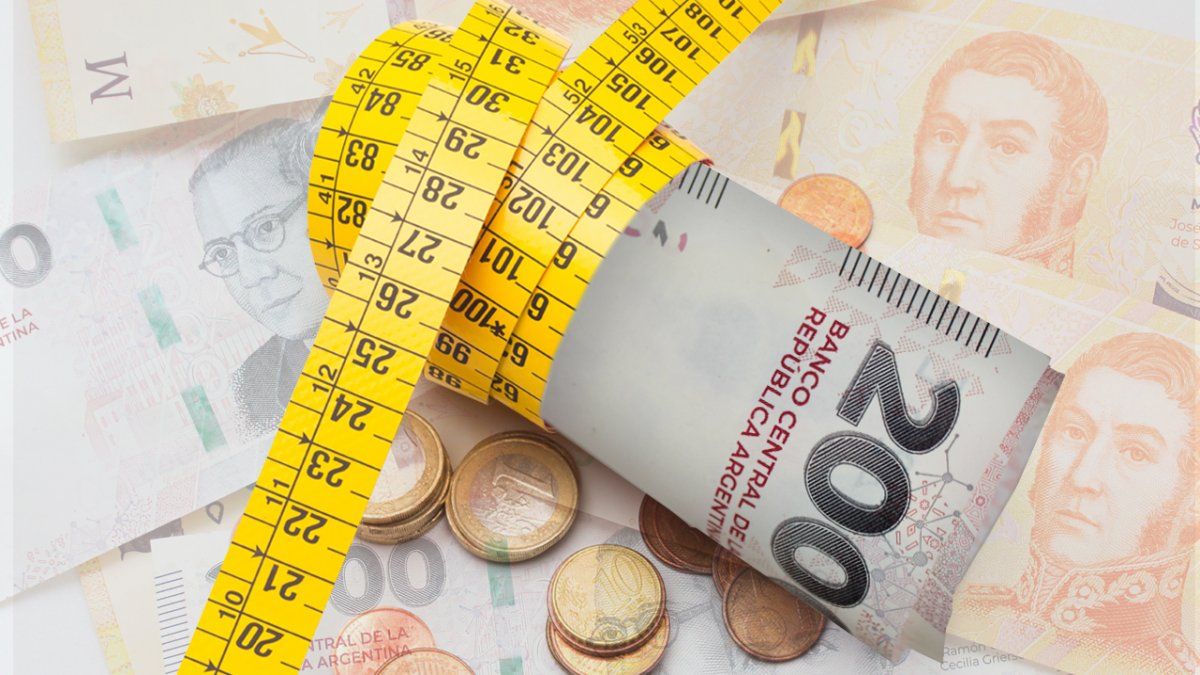They are pesos that came from the disarmament of passes and that Luis Caputo took from the banks at a rate of 4% monthly. The official strategy and the market’s objections.
The money that the National Treasury has deposited in the Central Bank multiplied by 18 in just four days and reached $10.4 trillion last week. It is due to a change in strategy of the economic team: after the last tender, in which it placed $8.6 billion net, the Luis Caputo decided to leave most of that balance unapplied. The peculiarity is that these deposits are not remunerated, so He does not receive any interest on the money he received from the banks in exchange for paying them a rate of between 3.8% and 4.2% monthly.
The content you want to access is exclusive to subscribers.
On Friday, May 17, the Treasury account at the BCRA had $568.46 billion. Four business days later, on Thursday the 23rd, it had already reached $10.41 billion. But the big leap occurred on Monday the 20th, when the last auction of the Ministry of Finance was settled and the money deposited by the Executive increased to $8.69 billion, according to the monetary authority’s spreadsheets.


These are pesos arising from the disarmament of the passive passes of the BCRA promoted by the economic team, within the framework of the official strategy of migrating the debt of the Central to Treasury debt as one of the steps prior to the opening of the stocks proposed by Caputo and Javier Milei. Since the lowering of the rate paid by the monetary authority and the offer of a higher yield through fixed-rate Treasury bills (LECAP), the Government managed to get the banks to lend themselves to the handrail: on that occasion, the Economy gave them $11.7 billion ($8. 6 billion more than the maturities that had to be renewed) and the stock of repos fell by a similar magnitude.
After the result of the placement, one of the novelties was that the new debt obtained by the Treasury Palace was not applied in its entirety to the repurchase of Treasury securities that are in the hands of the Central or to the acquisition of foreign currency to guarantee payment of the next maturities of bonds in foreign currency, as it had done the previous times. At that time, the Ministry of Finance announced that it would use a smaller portion to repurchase securities held by the BCRA and that it would deposit $7.63 billion in the Government account in the entity chaired by Santiago Bausili.
image.png

In the official offices they argue that the decision not to apply the entire amount to the debt repurchase responds to the intention of generating a “liquidity cushion” that allows “to guarantee the future roll over” of the debt that was taken. And that it leaves in the Treasury account in the Central Bank because, if it were deposited in the Banco Nación in exchange for generating interest, that money would once again increase the stock of repos that it seeks to dismantle.
On his social network account X, economist Alejandro Kowalczuk questioned the strategy. He pointed out that the fact that “the Treasury takes on debt and leaves the pesos yielding 0% in the BCRA” is “ok on a monetary level,” but that on a fiscal level it implies “more taxes or cutting expenses to pay interest” or “No resources are generated and the BCRA at some point ends up buying the bonds and issues pesos.”
In dialogue with Ambittwo market operators focused on the fact that, in this way, The Treasury pays 4% of the monthly effective rate (TEM) for pesos, which it then deposits at a zero rate in the Central Bank.at the same time that the BCRA maintains Treasury bonds that continue to accrue interest.
For now, this Wednesday Economía will carry out a new debt tender in pesos, in which it will seek to place $3.5 billion through three LECAP, of which the shortest (with a 14-day term) will pay a TEM of 4.2%. The official objective is for banks to dismantle passes and enter the Treasury auction to continue the process of migrating liabilities from the Central Bank. Within this framework, this Monday the Government decreed an extension of the issuance limit for short-term bills maturing this year by $35 billion or its equivalent in other currencies.
Source: Ambito




